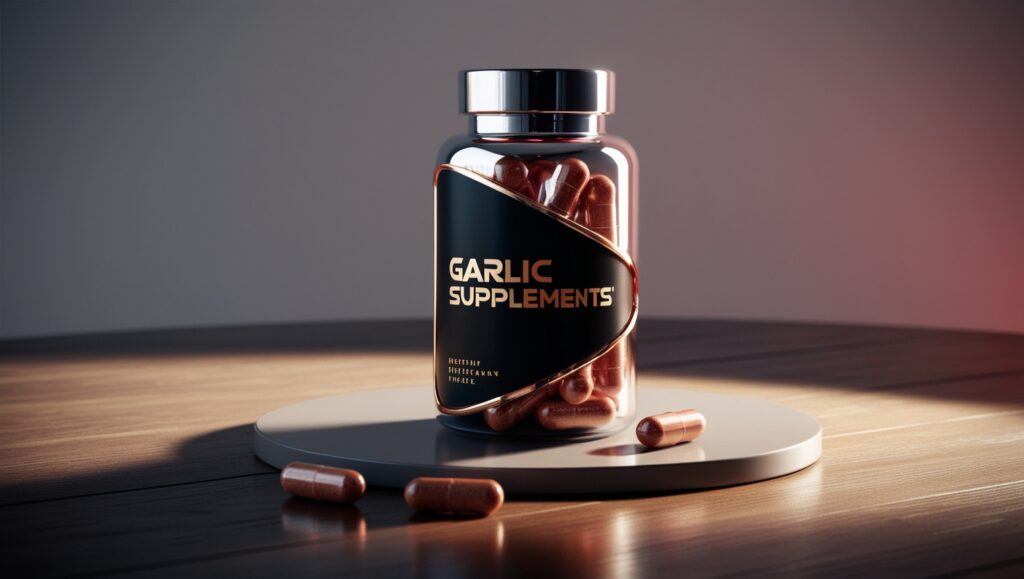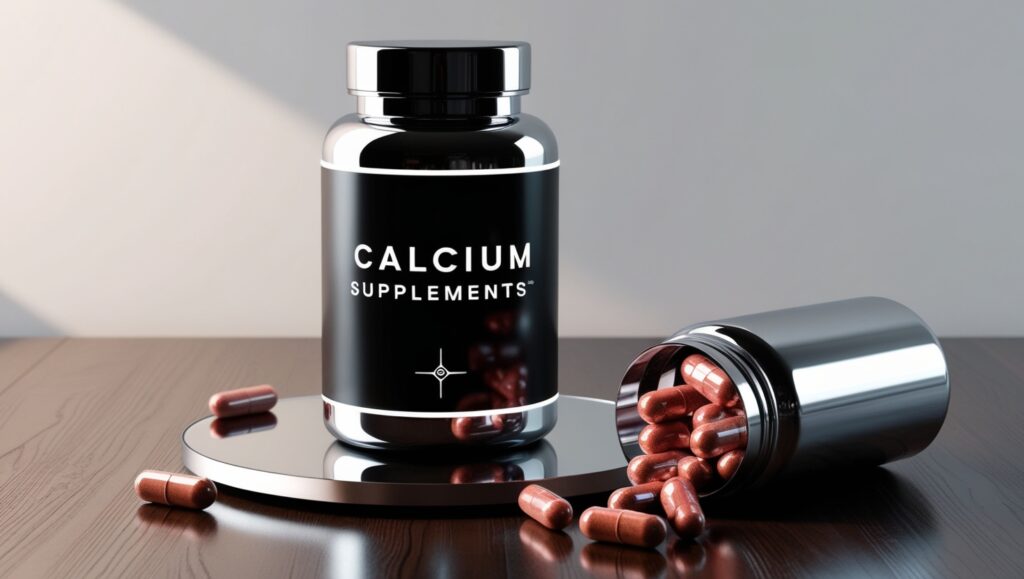Beyond their nutritive and tonic uses, mushrooms also have a long history of topical application for skin afflictions in many traditional healing arts. Containing a trove of antioxidants, anti-inflammatories, and antimicrobial compounds, fungi hold Soothing Skin secrets we are just beginning to scientifically confirm.
From acne and eczema to burns and infections, early research and anecdotal reports suggest certain species can aid various skin conditions. So how exactly might mushrooms impart dermal relief when applied or consumed? Let’s review the proposed mechanisms and optimal applications targeting different issues.
Soothing Skin from Within

While direct usage tackles localized symptoms, ingesting mushrooms may alleviate skin conditions by working systemically from the inside out. According to dermatologist Dr. Elias Nunez, compounds like antioxidants, amino acids, and vitamins nourish skin’s cellular integrity and regeneration pathways.
“Oral supplementation provides raw materials that enhance structural proteins like collagen and elastin,” he explains. Anti-inflammatory metabolites also help extinguish inflammatory skin triggers from internal sources like diet, hormones, or gut imbalance.
For example, acne — often fueled by inflammatory cascades or hormonal shifts — appears mitigated by turkey tail and Chaga, which calm such responses. Eczema too seems relieved by similar inner anti-inflammatory and immune-modulating activity.
Furthermore, as an interface organ between internal and external environments, the skin mirrors broader stress levels that mushrooms help buffer. Adaptogenic qualities from reishi in particular modulate psychophysiological stress factors that adversely impact skin.
“Oral supplementation tackles roots of various skin issues — inflammation, oxidative stress, hormonal shifts — complementing topical relief efforts,” concludes Dr. Nunez. Those struggling with appearance issues from within thus find fungi providing gentle, systemic support beyond superficial solutions.
Targeted Topicals
That being said, directly applying mushrooms also imparts dermal benefits from outside-in. Naturalist skincare experts like Magnolia West explain that bioactive compounds have skin-enhancing effects.
“Polysaccharides offer hydrating, anti-wrinkle properties by stimulating collagen and hyaluronic acid,” she describes. Antioxidant ergothioneine neutralizes cell-damaging free radicals induced by UV and other exposures. Antibacterial bitters and oxalic acid help inhibit infection-causing microbes as well.
These elements make mushrooms potent ingredients for addressing issues stemming from irritation, oxidation, and pathogens. Creams containing cordyceps and reishi for instance effectively treat contact dermatitis and eczema outbreaks. Maitake and Suehirotake (Suehirotake) soothe environments fueling acne.
For those seeking natural alternatives to antibiotic ointments against infection-related skin disorders, Chaga and Amadou mushrooms make viable options. Extracts applied to cold sores accelerated healing comparable to pharmaceutical interventions in one trial.
Even everyday skin maintenance benefits from regular topical mushroom application — particularly gentle items already found in some leading cosmetic lines. “Tremella mushroom’s polysaccharide gel boosts moisture and plumps skin for anti-aging effects,” says West. Versatile reishi combats inflammation, UV damage, and microbes simultaneously across use cases.
Putting Fungi to the Test
Anecdotes of mushrooms improving various skin conditions certainly seem promising. But without quality clinical evidence, some dermatologists remain cautiously optimistic about integrating fungi alongside medical treatment. Double-blinded studies on oral or topical use are still limited.
Seeking to shift perspective, a research group at Brown University launched a dedicated program testing mushroom efficacy and mechanisms for certain skin disorders. Headed by Dr. Jessica Alexander, the initiative partners with both academic labs and skin-focused biotech startups to run rigorous human trials on three initial conditions.
“We want standardized insights on optimal therapeutic species, dosages, delivery methods, and application protocols targeting eczema, burns, and acne” Dr. Alexander explains. Safety and side effects are also closely monitored within controlled settings. The resultant dataset aims to confirm if and when dermatologists might consider leveraging mycological medicine.
Though early, initial outcomes prove encouraging. Trials using lion’s mane extracts show meaningful improvements in atopic dermatitis symptoms — reducing inflammation and healing lesions faster. Subjects taking turkey tail capsules also report acne clearance and less scarring, likely from modulated cytokine activity.
Furthermore, mycelium skin grafts and bandages made by startups display incredible regenerative capacity for healing burns and slow-healing wounds. As vectors deliver nourishing metabolites, the fungal filaments blur lines between dressing and grafted tissue.
Pending full outcomes next year, Alexander expects mushrooms and their extracted compounds to occupy far more conversations within dermatological circles shortly. “Validating data will overcome stigma,” she says. “These natural interventions could augment many existing pharmaceutical approaches.”
Dermal Applications by Condition

While research continues elucidating best clinical practices, those accepting some current uncertainty might still experiment to see if certain species relieve their particular skin issues. Practical experience highlights conditions potentially responsive to fungi.
Acne: Lion’s mane, turkey tail, maitake, and Suehirotake applied topically or taken orally may curb underlying drivers of acne — inflammation, hormonal dysfunction, and microbial imbalance. Always pair with gentle skincare routines.
Eczema & Psoriasis: Anti-inflammatory and immune-modulating qualities of Reishi, Chaga, and cordyceps tend to calm inflammatory skin overreactions tied to eczema and psoriasis. Note oral doses for systemic effects.
Wounds & Burns: Antimicrobial mushrooms like amadou applied as powder dressings combat infection in wounds while accelerating healing. Mycelium skin grafts also regenerate burns and lesions with little scarring.
Skin Sensitivity: Reishi and cordyceps’ anti-inflammatory and antioxidant properties strengthen sensitive skin against inflammation and environmental stressors by balancing microbial populations and skin cell function.
Aging Skin: Containing polysaccharides, amino acids, and ergothioneines to nourish skin tissues and cell processes, mushrooms like tremella and cordyceps restore youthful skin texture and resilience against further aging when applied topically.
Those curious to try integrating fungi into their skincare regimes have options spanning everything from adding powders into lotions to clinical microneedle facials with mushroom cocktail serums. Start slowly and customize approaches based on skin type and symptom response.
Psychodermatological Perspectives
Beyond physiological effects, some doctors also believe mushrooms influence skin conditions through psychoneuroimmunological pathways. Dermatologist Dr. Eliseo De La Rosa studies connections between stress, emotions, and skin disorders — an emergent domain known as psychodermatology.
Through this lens, mushrooms’ proven mental health benefits also relieve associated skin issues exacerbated by distress. Adaptogenic compounds regulate stress response systems while promoting emotional resilience — indirectly easing inflammation and sensitive skin triggered by anxiety, depression, and related pathologies.
“Just as stress manifests in the skin, soothing inner discord and making peace with outer appearances potentiates healing,” Dr. De La Rosa states. He notes the profound impact even simple, supportive interactions have on patients’ skin. “When we treat the person rather than just the symptoms, outcomes improve.”
By nurturing self-acceptance and contentment holistically, De La Rosa believes mushrooms uniquely touch on psychodermatological dimensions beyond biochemical mechanisms alone. Echoing ethnobotanical wisdom linking spiritual and skin health, he sees value in their symbolic mind-body messaging.
“Emerging from darkness into light, the visual journey of mushrooms models the inner shift many skin health seekers also undergo,” De La Rosa reflects. “Beyond active compounds, the resonance of their growth mirrors restoring self-image for those who feel trapped by skin conditions.”
Mushrooming Skin: Next Frontier Skincare?

Judging by accelerating clinical insights and consumer interest in natural solutions, mushrooms appear positioned to carve a niche within integrative dermatology’s expanding alternative arsenal.
Practitioners like Dr. Nunez envision protocolized usage — oral lion’s mane and reishi paired with specialized topical applications — becoming foundational for addressing various skin issues before pharmaceutical interventions with harsher side effects. He sees consumer demand driving this change as information spreads.
The skincare industry also responds eagerly to mushroom ingredients resonating with customers. Numerous brands now infuse creams and serums with extracts like tremella and cordyceps touted to nourish skin and smooth wrinkles. Others use chaga and amadou to heal abrasions and blemishes without antibiotics.
Moving forward, consumer education and continued research remain paramount to validate and refine dermal applications for each condition. But given early traction, mushrooms seem likely to multiply from niche to mainstream as a natural healing interface supporting skin health from microbe to man.
As we’ve explored, mushrooms show tremendous potential for addressing various skin conditions via numerous bioactive compounds and regenerative properties. From fighting acne and eczema flares to healing wounds, early research and anecdotal reports strongly support further investigation of fungi as safer, natural alternatives to steroids and antibiotics.
Additionally, mushrooms’ positive impacts on mental health may also soothe skin issues tied to psychological roots. By relaxing distress that exacerbates many dermatological problems, fungi provide holistic healing inside and out.
Moving forward, more rigorous clinical validation around optimal species, dosages, and delivery methods promises to evolve best practices for each application. But one conclusion seems clear already — we’ve only begun tapping mushrooms’ dermal gifts maturing right under our noses.
As the spotlight shifts to fungi in spaces like nutrition and medicine, it seems only a matter of time before mushrooms carve a major niche within integrative skincare too. And for those suffering skin conditions, that translates to potential relief and recovery from an ancient ally hidden in plain sight all along.




